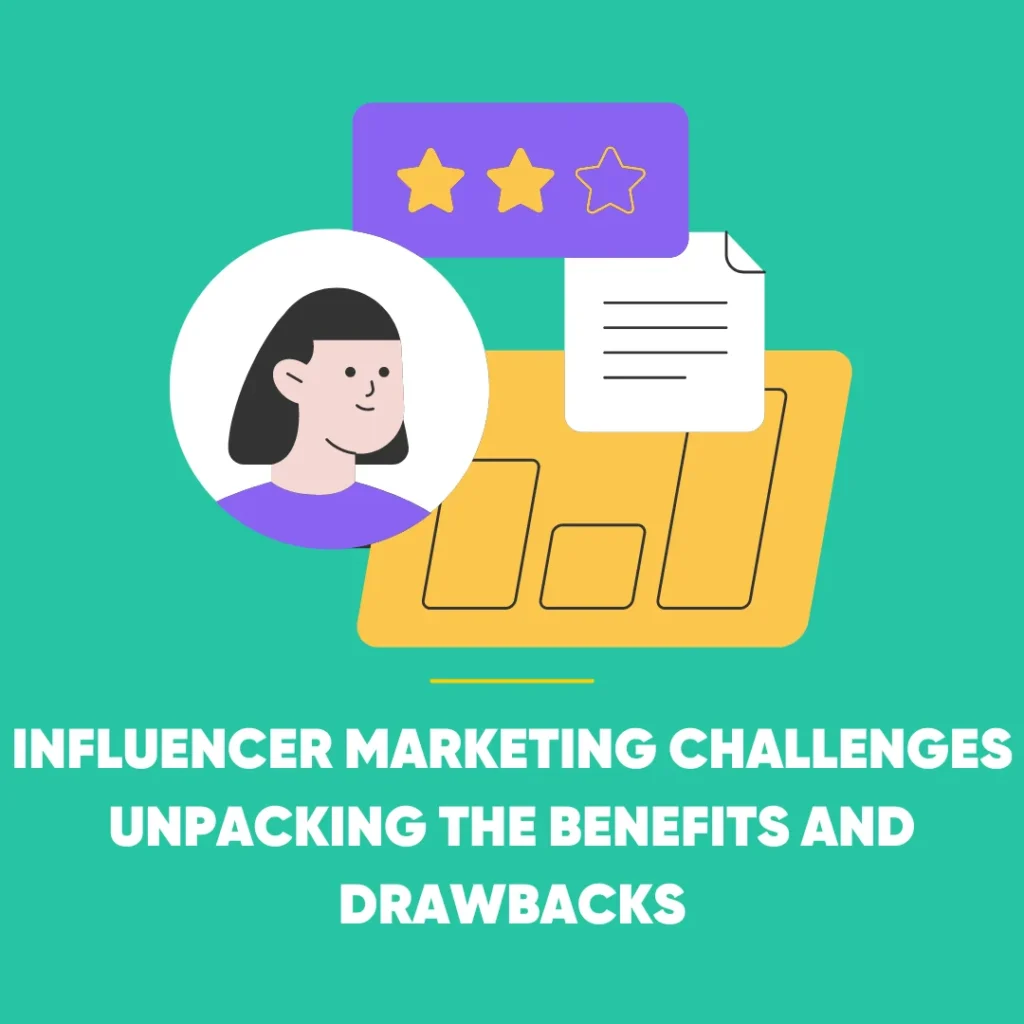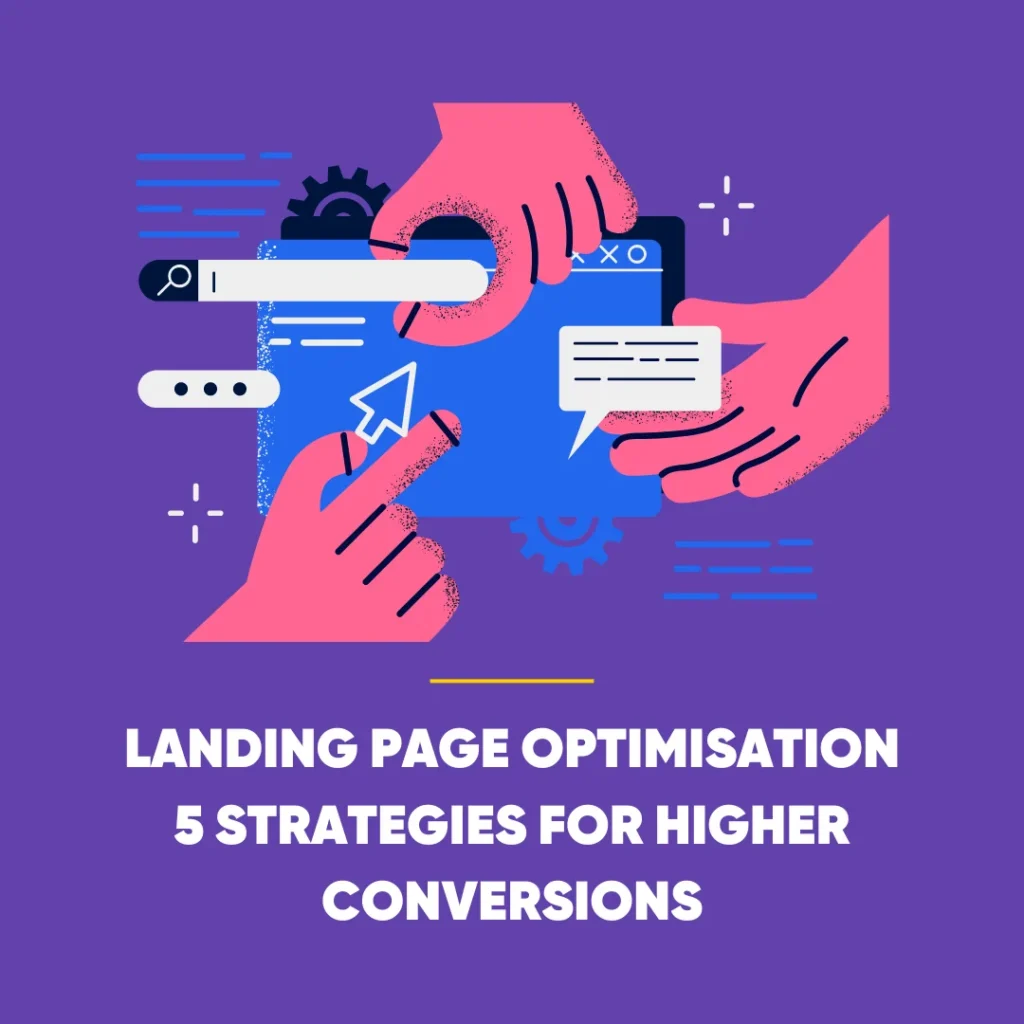From May 2021 your website traffic might go down (or up). Why? Because Google is implementing a brand new algorithm designed to change the way websites rank on search results. Google’s aim is to provide a positive experience for users interacting on the web. That’s why they have come up with a way to measure and prioritise user experience. Welcome to the page experience algorithm.
In this post, we’re going to explain to you what the new algorithm is, and show you how to combat it so that when May comes around your traffic doesn’t plummet. You’re welcome.
An explanation of the Google Page Experience update
By introducing the following three metrics, Google hopes to decrease common frustrations users have whilst interacting with web pages:
- What speed does the page load at?
- How soon is the page interactive?
- How stable is the page?
By prioritising the webpages that positively satisfy these metrics, Google hopes to recommend those which are easy to use and well-maintained first.
If you want to really get to grips with the upcoming changes, here’s our breakdown of the technical details…
These are the core web vitals that will impact your site’s traffic:
- Largest Contentful Paint (LCP)
This is the main metric for page load speed. It measures how long users have to wait before large blocks of content load such as images, videos and chunks of text. Page content that takes more than 4 seconds to load will rank poorly, to improve your LCP measure, consider doing the following:
- Scale down image sizes so they load faster
- Use a size loading optimizer plugin
- Boost server speed
- Cumulative Layout Shift (CLS)
We’ve all been there, opened a page and tried to click on something before it’s fully loaded, and then by the time it does load, a shift occurs that changes the location of where we clicked. It’s a real pain and this metric measures just that. Unexpected element shifts can cause unwanted interactions, to avoid this make sure elements on your page do not suddenly change in size between the first and final loading.
- First Input Delay (FID)
This one measures how soon you can interact with elements on a page, or how quickly these interactive elements respond to user action. A good measure for this is 100 milliseconds, and anything longer than 300 milliseconds is, well, too long. You can improve on this by using a good programmer to test, audit and optimise the code.
What will make pages rank high?
Any pages that are tailored to answering specific queries from a targeted audience to influence conversion rates will be ranking high once the new Google algorithm takes off. This is because conversion rate optimisation (CRO) techniques also influence the user experience (UX). Simply put, Google will be looking at how effective your conversion strategies are in prompting users to take the desired action.
Our recommendation is this:
- Quality content should remain your top priority.
- SEO continues to be relevant.
- Regular testing is essential.
Combatting the update
We don’t want to worry you, we just want to prepare you… Here are some actions you can start taking to ensure your site continues to rank well after the update:
- Try out the Core Web Vitals report which will identify areas on your webpages that need improvement.
- To fix any issues reported by the above, such as slow page loading, try Lighthouse and Page Speed Insights.
We hope this post has helped you get to grips with the changes coming in May. If you need any help ensuring your page content meets the requirements of the new Google algorithm update, feel free to contact us. We’d love to assist!









